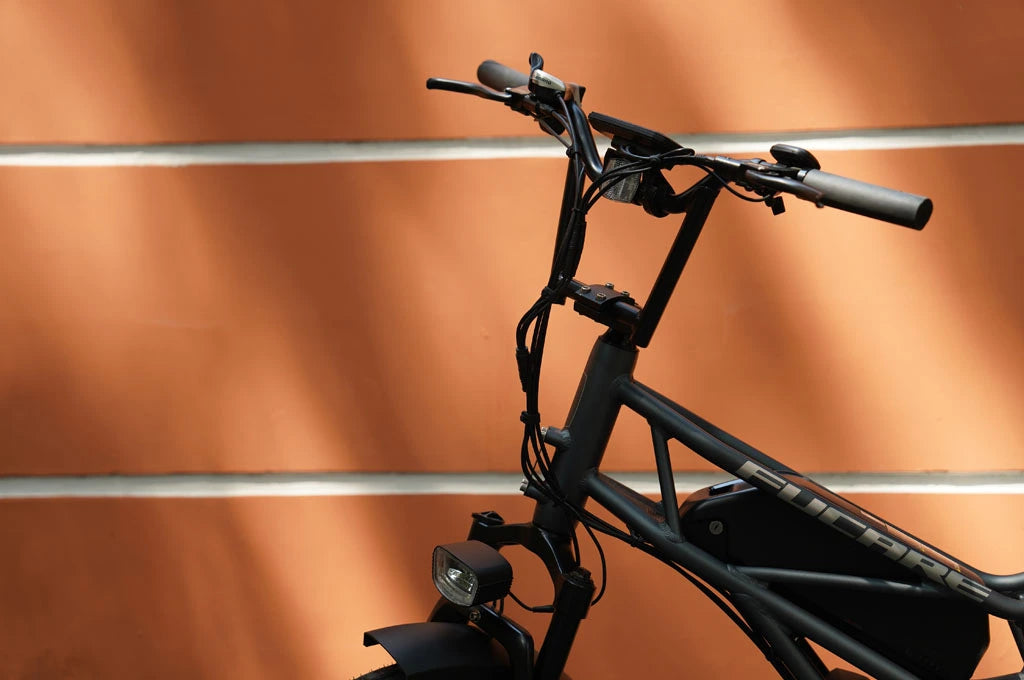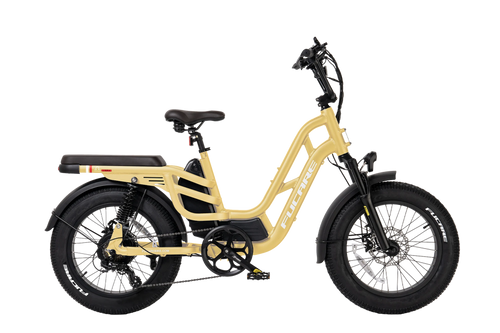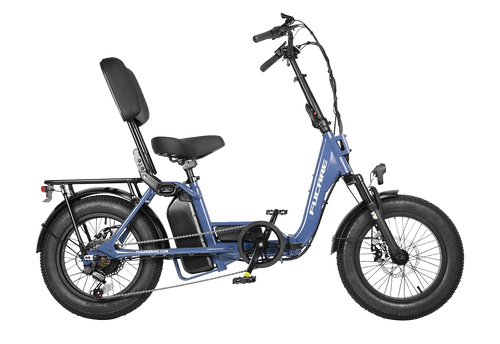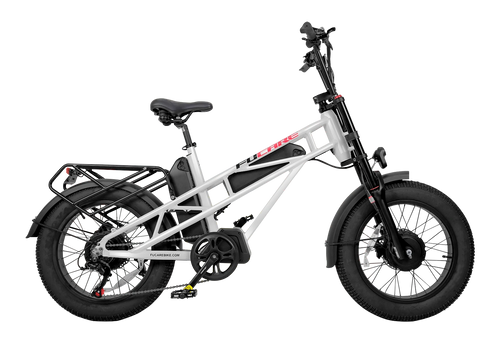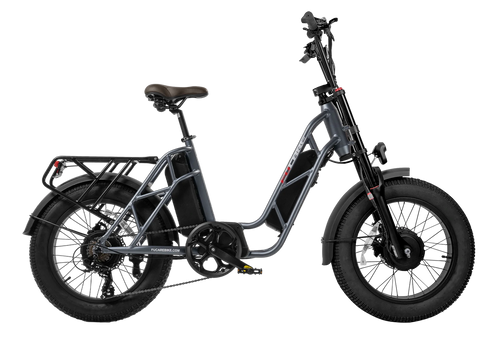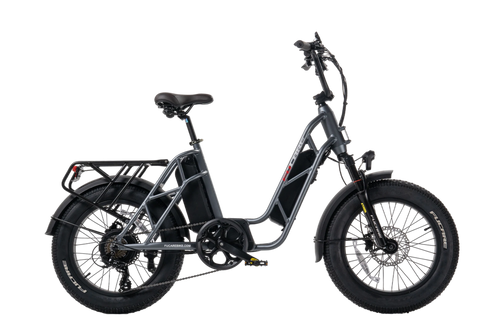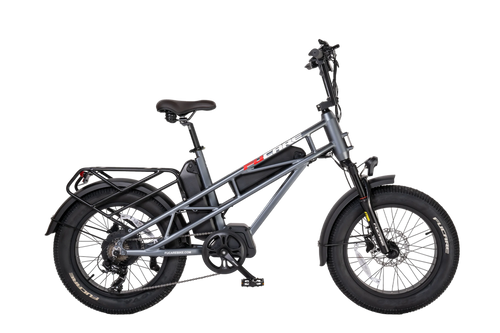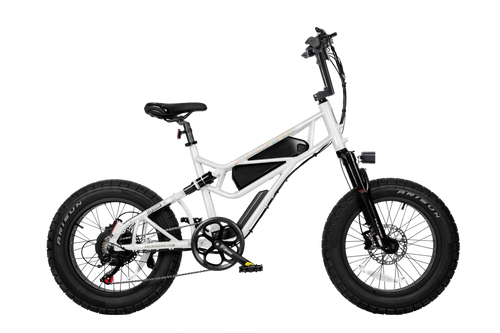5 Signs You Need To Change Your Ebike Tires
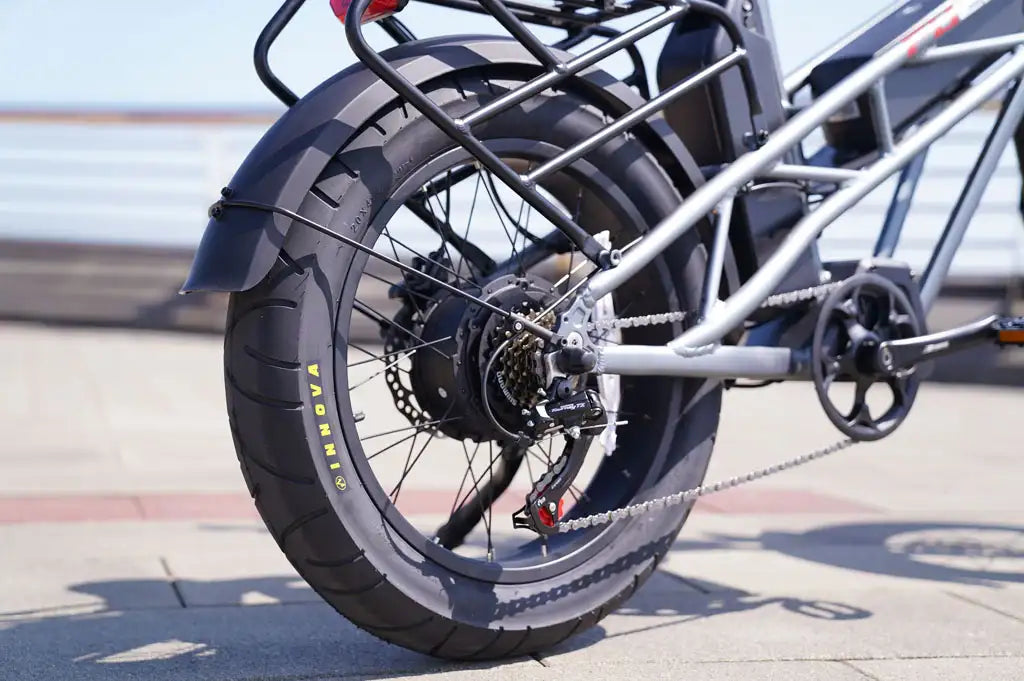
Electric bike riders dread getting flat tires, so understanding when to replace your e-bike tires is crucial for a safe and enjoyable ride.
The longevity of your electric bike tires depends on a variety of factors, such as the weight you carry, the terrain you conquer, and your riding habits. That said, many e-bike riders can expect their tires to last between 1,000 and 3,000 miles.
While this mileage may seem substantial, you might be surprised at how quickly your tires wear down once you start tracking your e-bike rides. Here are five unmistakable signs that you need to change your ebike tires.
1. Tread Wear and Reduced Grip

The first thing to point out is that tires have a lifespan, just like the tires on your car. Gradually, as you use them, the rubber will slowly wear down until you've got no tread left, and you're worn down to the carcass or casing of the tire.
Many tires have tread wear indicators placed around the circumference of the tire. When that little indicator is worn away, it means you've worn through most of the workable tread on that tire.
If your tire doesn't have that, then you need to use the marks and lines in the tire tread itself. As those wear away, that's when you know you've used most of the tire up. Or you can use a simple coin test. Insert a coin into the tread grooves; if the tread doesn’t cover the coin’s outer band, it's time to change the tires.
Worn tread not only compromises safety but also affects the efficiency of your ebike, requiring more energy to maintain traction and control.
2. Spotting Squared-Off Tires
One key indicator that your ebike tires need replacing is squared-off tread. This doesn't resemble the natural curvature of a healthy tire. Instead, imagine the center section of the tread becoming noticeably flatter compared to the rounded edges. It's almost like a flat line has formed across the center, with the squarer edges remaining raised.
This uneven wear pattern is a red flag for ebike riders. The center of the tread takes the brunt of the work, especially with the added power of an electric motor. As this central area wears down, its ability to grip the road during cornering suffers. This translates to a significant decrease in stability and a higher risk of skidding, particularly when riding on wet or loose surfaces. Don't wait for a nasty spill to remind you – squared-off ebike tires are a clear sign it's time for a replacement!
3. Frequent Flats and Punctures

Frequent flats and punctures are a strong indication that your ebike tires are worn out or damaged.
This could be due to the tires becoming incredibly thin, which offers much less protection against debris and foreign objects that can penetrate the tire and cause deflation. Alternatively, it might mean that your tires aren't suitable for the riding conditions you're encountering.
Replacing your tires can significantly reduce the frequency of flats, providing you with a smoother and more reliable ride.
4. Visible Cracks and Bulges

Visible cracks and bulges on your e-bike tires are clear signs of tire degradation. Cracks can form due to prolonged sun exposure, extreme weather, or aging rubber, weakening the tire and increasing the risk of blowouts. Bulges indicate internal damage, often from impacts or manufacturing defects, compromising the tire's integrity.
To ensure safety, regularly inspect your tires for cracks, cuts, or bulges. Examine the tire surface thoroughly, running your hands over it to detect any abnormalities.
Remove any little bits of glass or debris that might be stuck in the tire, as these could work their way inside over time and cause a puncture or a larger split. If you detect any cracks or bulges during your inspection, it's imperative to replace the tires immediately.
If you find large cuts on the side of your tire when you are riding, you can temporarily patch them using a tire boot or sections of an old tire to cover the hole and keep the inner tube in place. However, these are only temporary fixes meant to get you home safely.
5. Damaged Sidewalls and Beads

The sidewall is the curved area between the tread and the bead, the part of the tire that secures it to the rim. If you see any cuts, bulges, or abrasions in these areas, especially near the bead, discontinue using the tire immediately. Damaged sidewalls and beads compromise the tire's structural integrity, and you risk the tire detaching from the wheel.
Even if your tires aren't worn out and don't have any cuts on them, you still need to consider the age of the tire. Rubber naturally degrades as it ages, losing its flexibility and becoming more prone to cracking.
To check your tire's age, locate the four-digit code on the sidewall. The last two digits represent the year of manufacture, and the first two digits represent the week within that year. Most manufacturers recommend replacing tires after three to five years, regardless of tread wear, for safety reasons.
How to Change an E-Bike Tire?
Preparation:
Ensure you have the necessary tools: tire levers, an electric pump, a new inner tube, and a spanner.
Remove the Wheel:

- Loosen the bolts securing the wheel using a spanner.
- Carefully remove the wheel from the bike.
Remove the Tire:
- Use tire levers or spoons to pry the tire off the rim. Start by inserting the lever under the tire edge and prying it over the rim.
- Work your way around the tire until one side is completely off.
Remove the Inner Tube:
- Pull out the old inner tube from the tire.
- Inspect the tire and inner tube for any sharp objects or debris that might have caused the puncture.
Insert the New Inner Tube:
- Slightly inflate the new inner tube to give it shape.
- Insert the inner tube into the tire, ensuring it is properly aligned and not twisted.
Reinstall the Tire:
- Starting at the valve, tuck the inner tube into the rim.
- Use the tire levers or spoons to work the tire back onto the rim, ensuring the tube is not pinched.
Inflate the Tire:
Use an electric pump to inflate the tire to the recommended pressure.
Check for leaks by listening for hissing sounds or feeling for escaping air.
Reattach the Wheel:
Place the wheel back onto the bike, ensuring it is properly aligned.
Tighten the bolts securely using the spanner.
Final Checks:
- Spin the wheel to ensure it is level and doesn’t wobble.
- Test ride the bike to ensure the tire is functioning correctly and holding air.
Additional Tips:
Always carry a repair kit and proper tools when riding.
Take pictures of the wheel and washer positions before disassembly to make reassembly easier.
Regularly check tire pressure and inspect for wear and tear to avoid frequent punctures.
Continue reading
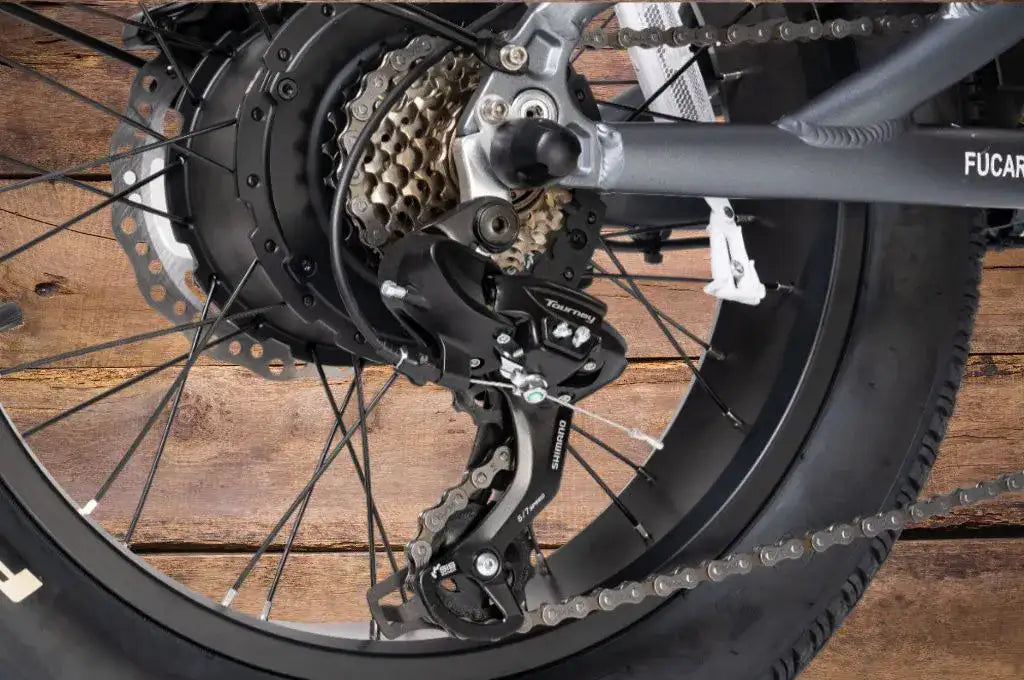
How To Lube Your E-Bike Chain
